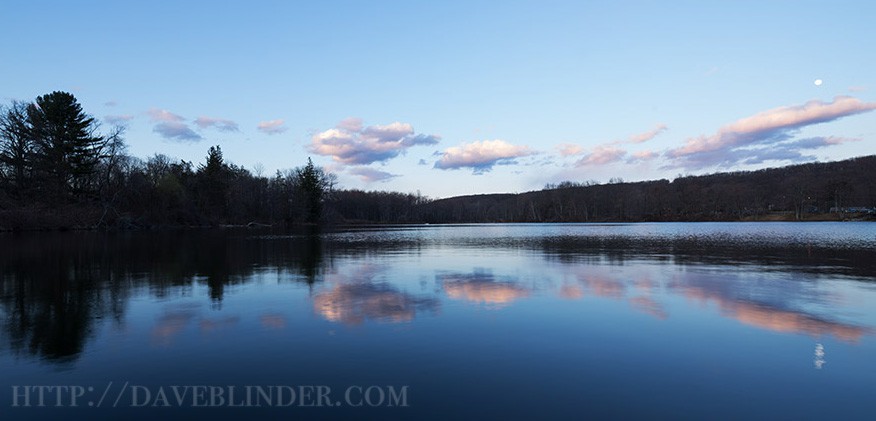This a recent macro insect photo I took in the region of New Jersey known as the Pinelands National Reserve, home to ecosystems and wildlife not often seen in other parts of our state. Photography equipment utilized: Tamron SP 90mm VC F/2.8 1:1 Macro Lens and the Canon EOS 7D DSLR. Damselflies are generally smaller than dragonflies, but fall under the same order known as odonata. Pictured below is a male American Rubyspot damselfly, its Latin name is Hetaerina americana.
I actually ended up wading in standing water that was thigh high to take this photograph. I saw several Rubyspots perched on vegetation in this pond. I wasn’t thrilled to get to my cargo shorts soaking wet, but I had to decide to either walk away from a photo opportunity or “dive right into the scene”.
The sunlight was fairly overcast when I snapped this shot so a fast shutter speed was not possible. Dragging a good tripod into a pond didn’t seem like a good idea, and a tripod is not really an asset when making a still capture of an insect perched on a piece of grass with forces like water ripples and a breeze causing motion. Handheld and fairly large aperture was the only way this shot was going to happen.
I’ve had a few people tell me that they find a 300mm lens sufficient for shooting small insects, but the reality is you are not going to get this type of highly magnified photo without a 1:1 macro lens. In this case the fast autofocus and Vibration Compensation were also needed. Camera settings: 1/125 F/5.0 ISO 400, VC on, Auto White Balance, RAW file format, One Shot focus in continuous drive mode.


Gorgeous colours
LikeLike
Thanks very much! Their vibrancy really has to be seen in person to be believed.
LikeLike